High Cholesterol - Symptoms, Causes & Levels

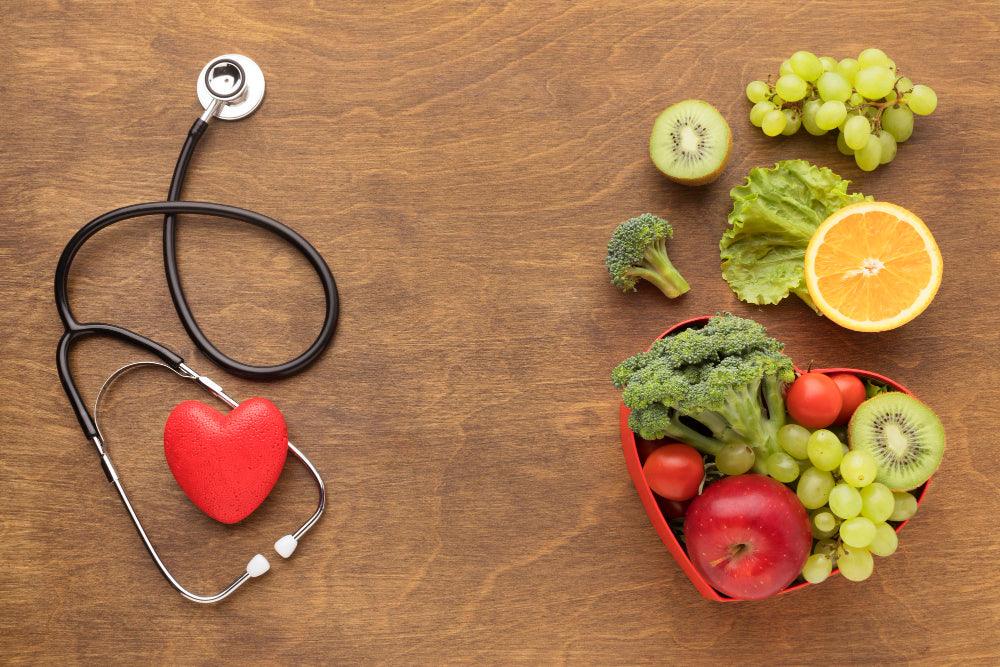
Related products
What’s covered?
High Cholesterol: A Complete Guide
Cholesterol is a fatty component that your body requires to work correctly. You get cholesterol from your foods, and your liver produces it.
Cholesterol helps your body make hormones, vitamin D and helps digest food.
Too much cholesterol can cause health problems, but don't worry - you can lower your cholesterol by changing your diet and lifestyle. Keep reading for tips on how to improve your cholesterol levels!
What is cholesterol & what does it do?
Cholesterol can be good, and it can be harmful. It is an integral part of the body at average levels. However, if there is too much of it in the blood, it can be a silent killer leading to heart disease.
Cholesterol has four main functions in our body, which, in the absence of them, people cannot survive.
These include:
-
influencing the structure of the cell wall
-
production of digesting bile acids in the intestine
-
allowing the body to produce the needed vitamin D
-
enabling the body to produce sufficient hormones
To understand whether cholesterol is good or bad, read our detailed article here.
The different types of cholesterol
There are 3 main types of cholesterol:
-
HDL, or high-density lipoprotein - to understand HDL, read HDL Explained.
HDL is regarded as "good" cholesterol. It accounts for 20-30% of an individual's overall cholesterol level.
-
LDL, also known as "bad" cholesterol - To understand more about LDL, read our Guide to LDL.
LDL accounts for 60-70% of the total cholesterol in the body.
-
Very-low-density lipoprotein (VLDL) is a precursor to low-density lipoprotein (LDL).
It and accounts for around 10-15% of a person's total cholesterol.
To see our Cholesterol Blood Test, click here.
Ways to reduce the level of your cholesterol
Here are some ways on how you can effectively manage your cholesterol levels:
Diet
Meals which are high in saturated fat, trans fats, and carbs elevate cholesterol levels. so consuming fewer foods will help control and reduce cholesterol levels. Read our in-depth guide of the 9 best food to lower cholesterol.
Being overweight or obese carries numerous hazards, including increased cholesterol levels. On the other hand, maintaining a healthy weight benefits all aspects of healthy living and lowers the risk of a heart attack.

Exercise
Exercising for at least 30 minutes every day increases the heart rate, aids in weight management, decreases LDL levels, and raises HDL levels.
The risks of high cholesterol
If you have too much cholesterol, fat could build up in your blood vessels. The accumulation of these fat deposits eventually reduces the amount of blood passing through your arteries. A sudden break in the sediments can result in a heart attack or stroke.
Since bad lifestyle choices are more commonly the cause of high cholesterol rather than a genetic predisposition, it is both preventable and treatable. You can reduce high cholesterol with a good diet, frequent exercise, and even medicine.
High cholesterol symptoms
Symptoms of high cholesterol are rare. It is only a problem in an emergency. Cholesterol-related conditions, such as a heart attack or stroke, can be the result.
Only a blood test can tell you if you have a high LDL cholesterol levels. However, if you don't address your cholesterol, it will accumulate over time and put you at risk for heart disease or stroke.
One thing important for higher cholesterol levels is that it doesn’t leave any specific signs and symptoms. It is up to you to keep an eye on it. If you are exposed to one or more of the above causes, t would be wise to undergo a complete lipid profile test. This test will tell you the total cholesterol, LDH, HDL and triglycerides in your blood. Keep a regular record of your profile and consult your physician if you note any abnormality.
Especially, if you are an elderly person and are obese or alcoholic, a regular lipid profile should be a part of your regular health monitoring. This would help immensely.
Some symptoms e.g., chest pain (angina), lower jaw pain etc... are not specifically related to hypercholesterolemia, they are due to its effects i.e., heart disease (stroke etc...).
The bottom line is that it could be argued that the cholesterol level in your body could be disturbed due to several reasons. All reasons should not necessarily be present in each patient. So, whenever you feel that you have any symptoms, don’t hesitate to visit a doctor. After all, health is a great wealth. So, take care of your heart and keep an eye on your cholesterol level. Don’t forget to share this useful information with your loved one if you found it useful. If you want to find out how to lower cholesterol naturally, click here.
Keep a lookout for the following warning signs of a heart attack or a stroke:
-
Nausea\numbness
-
Speech that is slurred
-
Excruciating exhaustion
-
Angina pectoris (chest discomfort)
-
Breathlessness
-
Cold or numbness in the limbs
-
Blood pressure that is too high
Foods that help reduce cholesterol levels
You can improve cholesterol and the fatty armada in your blood by changing what you consume. For example, LDL, the cholesterol-carrying molecule that promotes vascular atherosclerosis, can be reduced by incorporating foodstuffs that lower LDL levels in the meal plan. To read our in depth article, check out: The Best 9 foods to lower cholesterol.
Various foods have various ways of lowering cholesterol. Several provide soluble fibre, preventing cholesterol and its components from entering the bloodstream by binding to them in the digestive tract.
Polyunsaturated fats, which result in decreasing LDL, are found in particular. In addition, several of these foods are rich in plant sterol and stanol, which prevent the human body ability to absorbing cholesterol.
Oatmeal
To lower your cholesterol, eating oatmeal for breakfast is easy. One to two grams of soluble fibre is provided.
Whole grains like barley and oats
It's not just oats and oat bran that are good for your heart, but also entire grains like barley and quinoa.
Beans
Soluble fibre is abundant in legumes, especially beans. In addition, they take longer for the body to break down, resulting in a more prolonged feeling of fullness following a meal. This is one of the reasons why beans are an adequate weight-loss food.
Eggplants and okra
Soluble fibre is abundant in these two low-calorie vegetables.
Nuts
Nuts, including almonds, walnuts, peanuts, and other varieties, are good for the heart.
Vegetable oils
Instead of butter, lard, or shortening in the kitchen or at the table, use liquid vegetable oils such as olive oil, canola and safflower oil.
Citrus fruits
Pectin, a form of soluble fibre that decreases LDL, is abundant in several fruits such as apples and oranges.
Sterols and stanol-enriched foods
Plant-derived sterols and stanols impede the body's capacity to absorb cholesterol from the diet, making it more difficult to digest
Soy
As recently as the 1980s, it was widely believed that consuming soy products, such as tofu and soy milk, was a practical approach to decreasing cholesterol.
Fish
To lower LDL, consume fish at least twice or three times a week, replacing foods which contains LDL-enhancing saturated fats, and giving omega-3 fats that lower LDL.
Dietary fibre
Taking soluble fibre supplements is the least appealing option.
The benefits of a healthy diet and exercise for reducing cholesterol
According to studies, you can prevent cardiovascular disease by exercising at least three times a week.
In addition, you should incorporate exercise into your overall health plan if your cholesterol levels aren't where they should be.
HDL (good) cholesterol levels can be raised, and harmful triglyceride levels can be reduced with regular exercise.
In addition, lipid levels can be dramatically improved by even moderate aerobic exercise, which increases your heart rate.
With this, you may get in 20-30 minutes of daily exercise, five days a week.
It's possible to mix moderately intense exercise with high intensity workouts if it helps you stay in a workout routine.
Starting with 15 minutes of moderate-intensity exercise each day is entirely OK if you're a little rusty and want to get back into the swing of things.



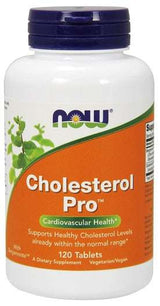
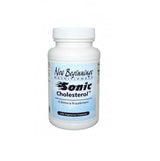

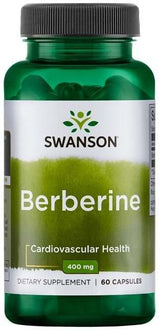
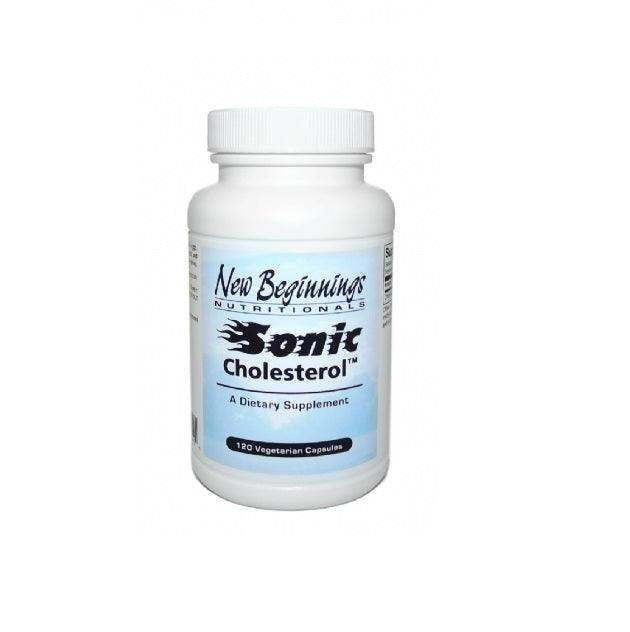
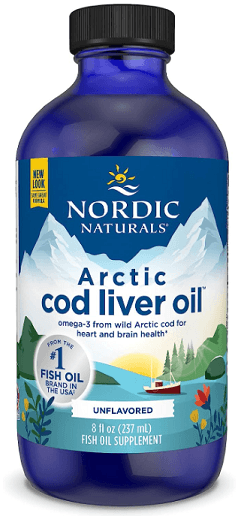
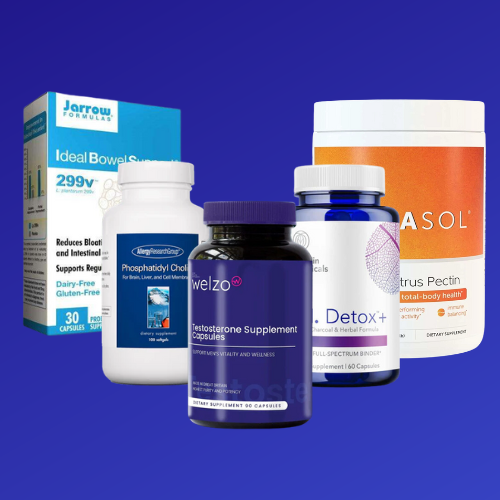

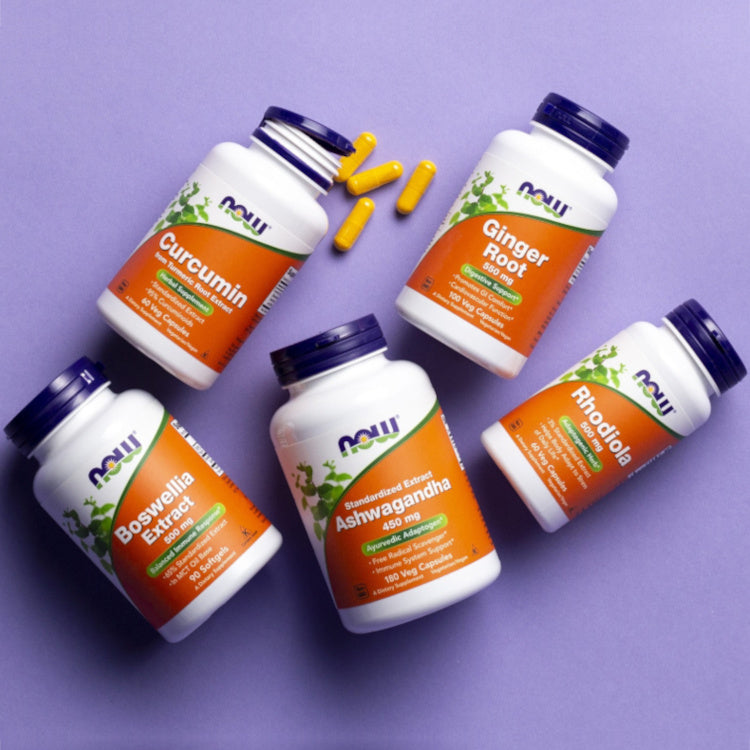
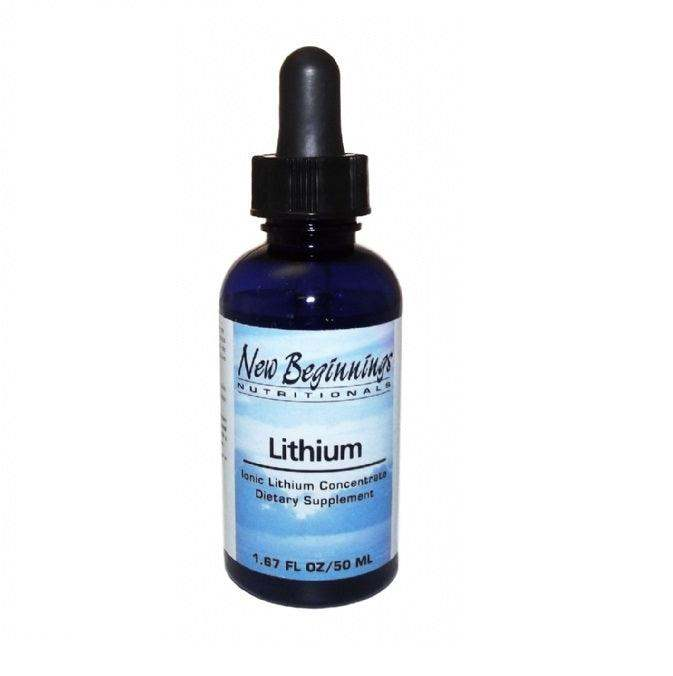
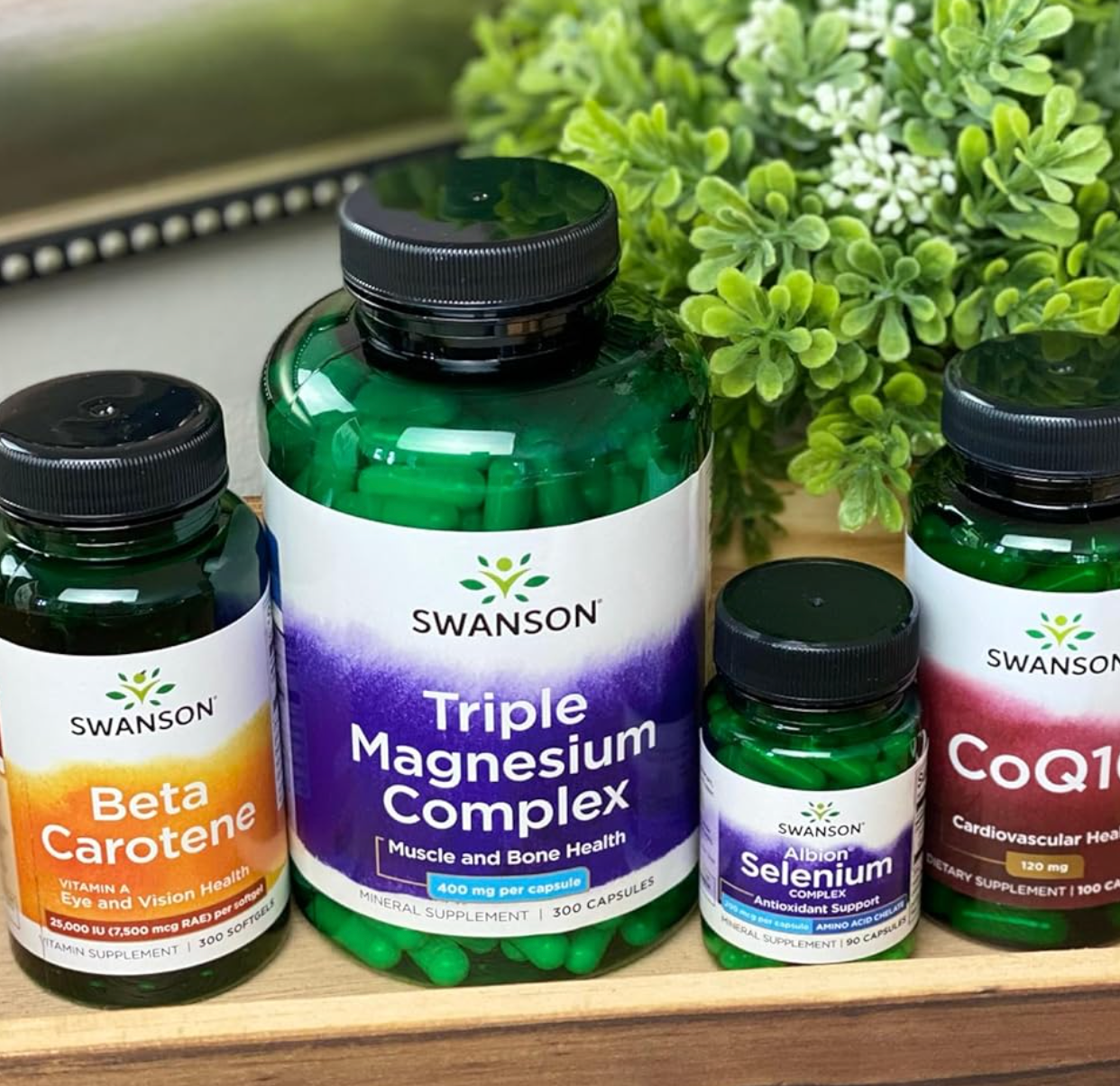
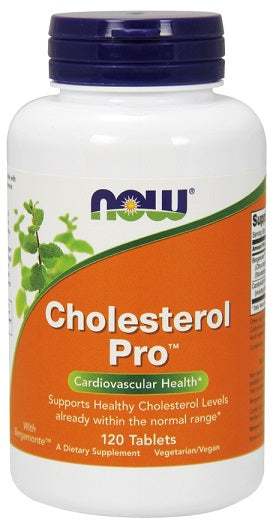
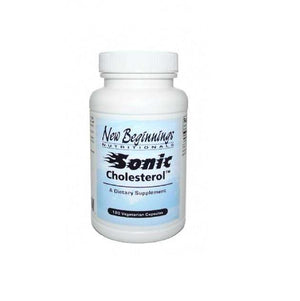

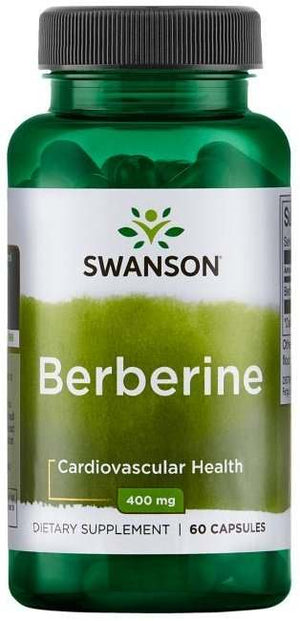
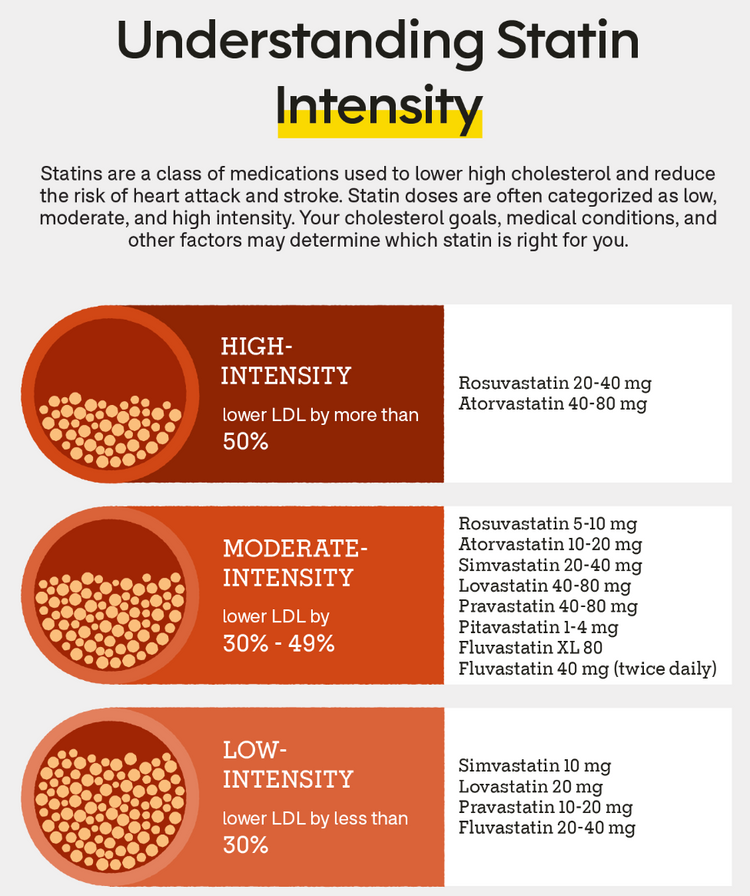

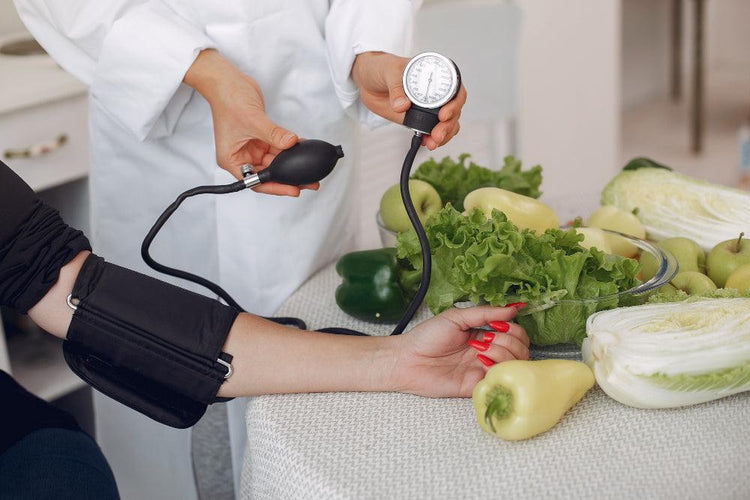




 Rated Excellent by 26,523+ Reviews
Rated Excellent by 26,523+ Reviews